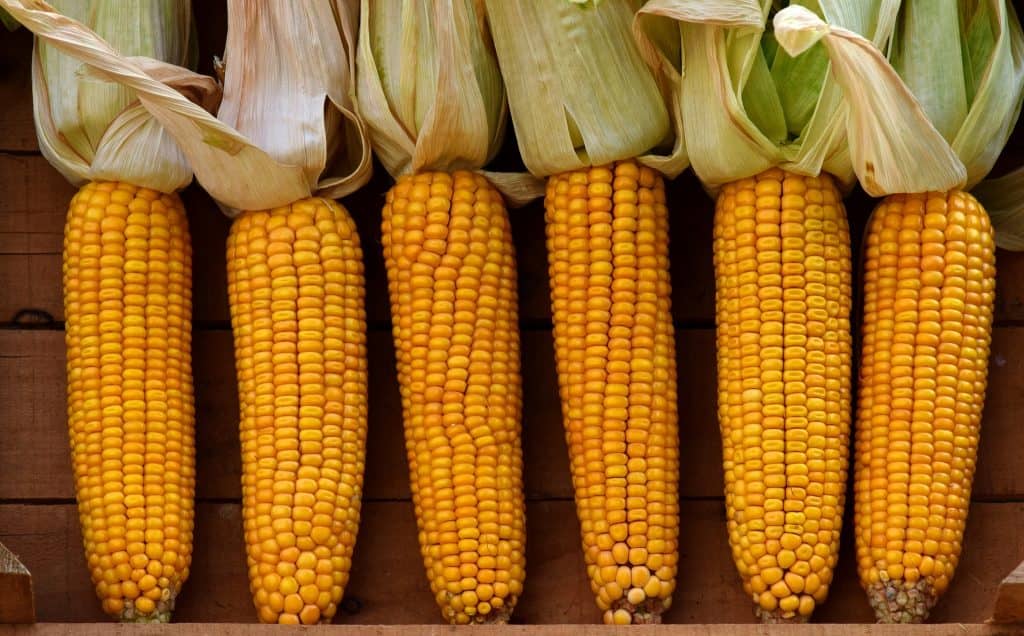Porto Alegre, November 3, 2021 – The expectations for markets after the pandemic were that there could be inflationary surges and difficulties in the supply of products and input due to the rupture of production and distribution chains. The abrupt resumption of demand could generate bullish price environments in certain segments. One of the post-pandemic focuses has been the energy market. High oil prices in the international market have reactivated demand for biofuels and may bring unexpected demand to segments such as corn and soyoil. In another surprise of this period of the US corn harvest, prices are still very firm and rising, supported by the recovery of ethanol production.
The 2021 US crop is moving into its final stretch, having reached 66% of the reaped area until last week. Possibly, by mid-November, the harvest will be over and the market will be waiting for USDA to close the production estimate in January. Small corrections up or down may be possible without affecting the large numbers. The normal and seasonal bias for prices, dropping to USD 5.00/bushel and possibly USD 4.70, has been inhibited, perhaps occurs later when US growers decide to resume sales.
The fact is that two factors seem to weigh on the US trading at this time:
– The decision to sell the current crop and buy inputs for planting the next crop seems contained by the high price of fertilizers. Nitrogenous fertilizers reached USD 940/ton in the local market last week, more than double of the normal price. With a worsened barter ratio, growers may be waiting to make this purchase later, in December or January, betting on some decline in fertilizer prices or some increase in corn prices. Would sales improve in early 2022 for this input purchase? Perhaps;
– High weekly production of ethanol. Oil hit negative levels on the NYSE at the beginning of the pandemic, in 2020. Now, prices have jumped to USD 85/barrel, but under different conditions. Demand has quickly resurfaced, oil-producing countries do not want to boost production on an emergency basis, international freight rates are high, and logistics at ports are difficult. With that, the prices of by-products, from gas to gasoline, go up. Competitive products such as ethanol and biodiesel are once again gaining ground in the energy environment. Corn ethanol in the United States and soy and palm oil from Malaysia are gaining steam with the demand for biodiesel. Corn ethanol production rose for three consecutive weeks in the United States, reaching the highest weekly level in three years. As long as oil and its by-products remain expensive, it seems that biofuels boost their production, after attempts by the new US government to limit production in every way.
These two variables have weighed on corn prices on the CBOT to levels that easily broke the USD 5.50/bushel barrier for the December contract and reached USD 5.75/bushel for July/22. The delay in sales by US growers along with the strong additional demand for corn in the ethanol segment may suggest tighter stocks and prices with supported curves. Of course, growers will need to sell in some movement to deal with the inputs of the 2022 crop. Above USD 6.00/bushel, would there be greater selling interest?
The theory that the high cost of nitrogen fertilizer would put pressure on the costs of high-tech corn in the US next season is undoubtedly real and possible. However, it is extremely premature to state that the area planted with corn will give way to soybeans and wheat in 2022, given the current high prices of corn, which may even cover new production costs. Of course, soybeans and wheat have lower costs and may have greater attention in the next planting, however, it is too early to say the corn area will be cut. This becomes clear when the soybean market ignores the possibility of an increased area for 2022 but prices do not fall.
Finally, the expectation toward China. Prices in the Chinese futures market continue to point to highs with the end of technified harvest in northeastern China. However, physical prices in the country have not yet shown the same strength. The government now says it could have new production records in 2022 and reduce the external dependence. The market knows this strategy and ignores the possibility that China stops buying until September 2022. Weekly US exports are not doing well and may start to fall below the USDA’s annual target of 63.5 million tons. Would there be room for an increase in the US domestic demand and a decline in exports during the year, offsetting lower purchases by China? This movement will only be clearer in the first half of next year.
Agência SAFRAS Latam
Copyright 2021 – Grupo CMA

